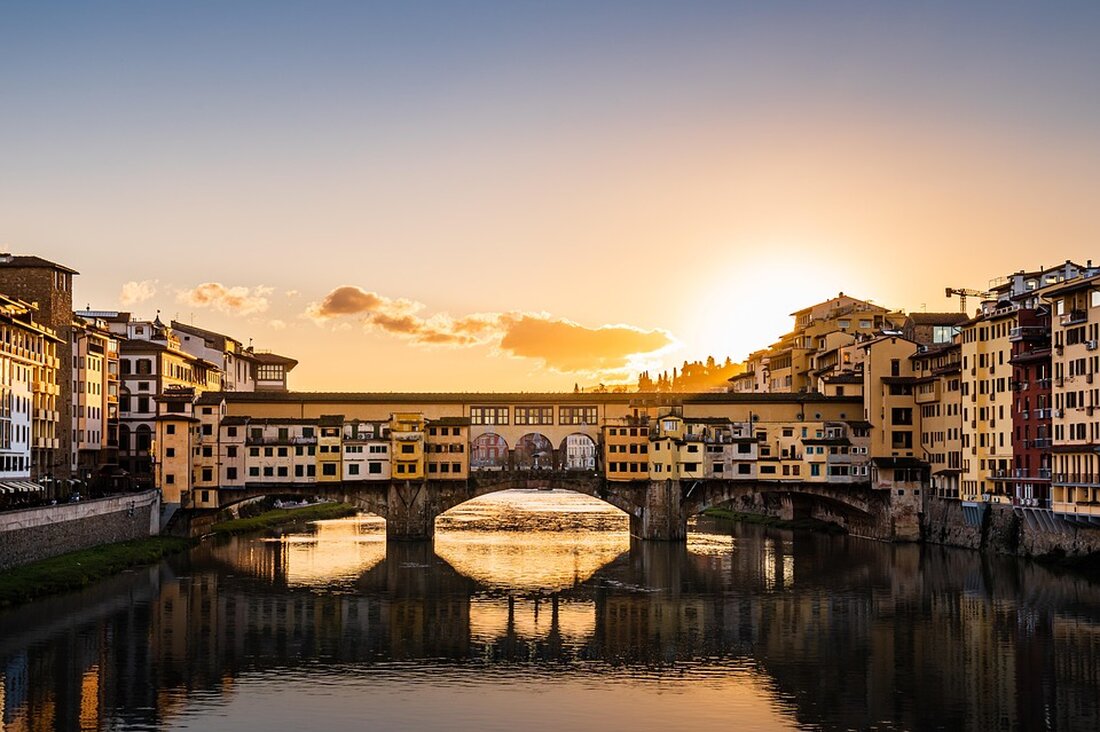Renaissance of Quang Duc Ceramics: A Cultural Heritage Blooms!
Learn how Quảng Đức pottery is being revitalized as a tourism-promoting heritage through a seminar and exhibition.

Renaissance of Quang Duc Ceramics: A Cultural Heritage Blooms!
Last week, a major exhibition on Quang Duc ceramics was held at the Phu Yen Museum, running from May 30 to July 30, 2025. Hundreds of ceramic artifacts originating from the village of the same name were presented. These include a variety of objects such as lime pots, jugs, wine jugs, household items, water basins and lotus pots made of unglazed fired ceramics. Particularly noteworthy is the glazed Quang Duc ceramics, which impress with their unique shell markings and glazes. Each piece dates from the 18th to 20th century and is therefore unique.
An essential part of the exhibition are documentary images that illustrate the high cultural value of Quang Duc's ceramic heritage. In addition, a workshop on “Preservation and Promotion of Cultural Heritage of Quang Duc Pottery” was organized by the Ministry of Culture, Sports and Tourism. Participants, including researchers, antique collectors and young enthusiasts, gained comprehensive insights into the history and techniques of Quang Duc ceramics while visiting the museum.
A valuable legacy
Quang Duc pottery has a history of over 300 years, beginning in Quang Duc Village in An Thạch Township, Tuy An County. Here, the raw materials are mainly sourced from the surrounding area, such as An Định clay, shells from the Ô Loan pond and wood from the Cái River. The ceramics are divided into two main categories: glazed and unglazed, with both varieties characterized by a variety of patterns. From about the 17th to the 20th centuries, Quang Duc pottery was widespread not only in Phu Yen but also in central Vietnam, Tây Nguyên and the south.
However, in the mid-20th century, Quang Duc Village began to decline, resulting in the loss of many ceramic techniques. Kilns and potters became rare, making the preservation of this valuable cultural heritage even more important. The preservation and promotion of Quang Duc ceramics was discussed at a seminar on May 30, attended by scientists and ceramic specialists from across Vietnam.
Suggestions for revival
The seminar discussed various approaches to assess the value of Quang Duc heritage and develop measures to preserve it. Trần Thanh Hưng, president of the UNESCO Club for the Study and Conservation of Antiquities in Phu Yen, stressed the need not to see Quang Duc as a mere craft that needs to compete in the market. He suggested developing the village as a tourist destination where the unique ceramic technique can be demonstrated.
Architect Lê Quang Thành echoed this vision, pointing out that a heritage tourism model could be an effective method for cultural preservation and sustainable economic development. With its proximity to other tourist attractions in Phu Yen, Quang Duc Village has the potential to become a major cultural and creative destination in the central region. A well-organized craft tourism model could also offer values such as production tours, making experiences, product purchases, and art performances and workshops.
However, successfully reviving the ceramic village and promoting tourism requires a comprehensive social strategy. Government infrastructure and mechanisms must be provided, while companies and research institutions must take on creative roles to strengthen the region's cultural ecosystem. The initiative to preserve and promote Quang Duc ceramics not only provides an opportunity to honor a rich cultural tradition, but also to make it accessible to a wider public.
Overall reported Vietnam.vn of a committed effort to preserve this cultural heritage while Tuoi Tre highlights the importance of Quang Duc ceramics and current conservation efforts.

 Suche
Suche
 Mein Konto
Mein Konto